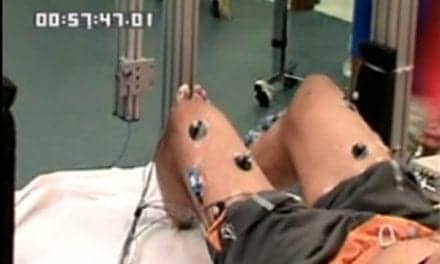A systematic literature analysis suggests that transplanting olfactory ensheathing cells into the spinal cord injury site may help improve locomotor performance.
Ralf Watzlawick, Jan Schwab, and their colleagues at the Ohio State University Wexner Medical Center, Charité Universtaetsmedizin Berlin and the CAMARADES consortium (Collaborative Approach to Meta Analysis and Review of Animal Data from Experimental Studies) analyzed 49 studies, published between 1949 and 2014, which included 62 experiments involving 1164 animals.
The results were published recently in PLOS Biology, according to a media release from PLOS.
“We felt that after more than 2 decades since the discovery that OECs elicit effects on neural plasticity in vivo, it was time to test their effects by appropriate methodology beyond reproduction,” the authors state in the release.
The release explains that the data analyzed by the authors justify the use of OECs as a cellular substrate to develop and to optimize minimally invasive and secure protocols for repairing damaged spinal cord. They also identified several aspects of the cell transplantation procedure that could have a significant impact on the size of the therapeutic effect, including: the time-point of application, the use of surgical micro-dissection to “refresh” the scar tissue, the localization of transplanted cells, the number of injections, the injected volume, and the dose of cells administered.
Importantly, by using state-of-the-art statistical methods the authors also found that the impact of publication bias (due to selective failure to report results) was minimal, further supporting the translational potential of this approach, the release continues.
[Source(s): PLOS, Science Daily]





